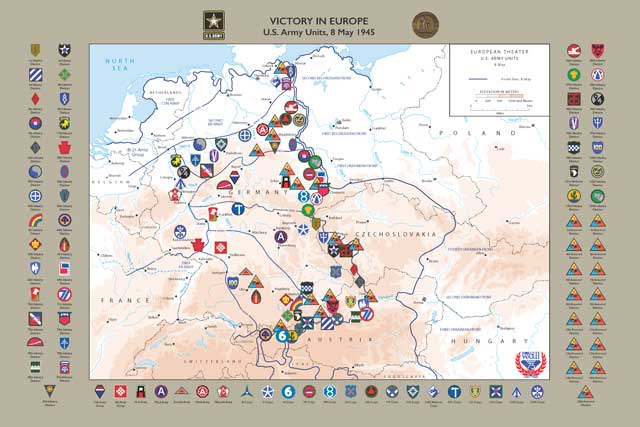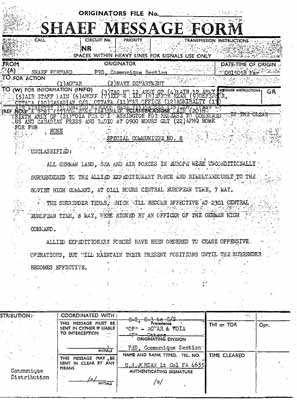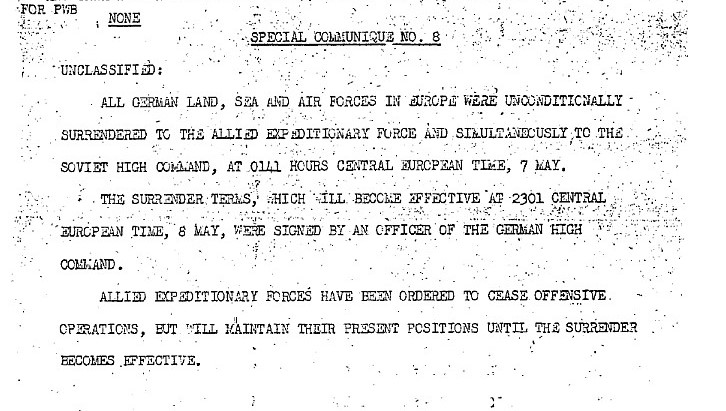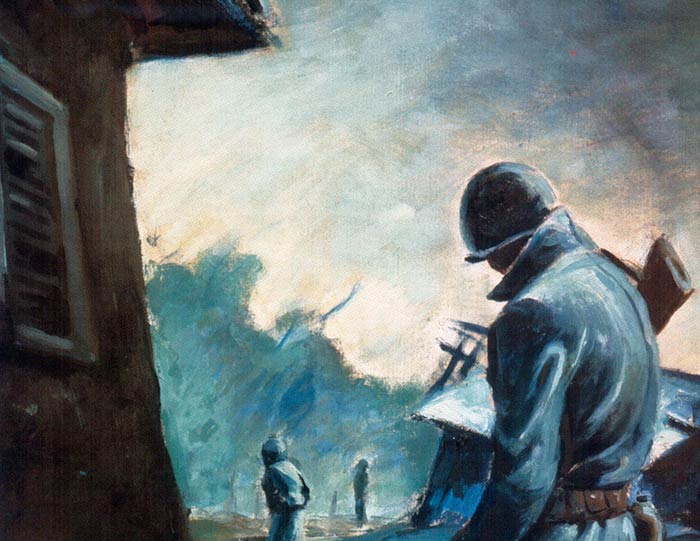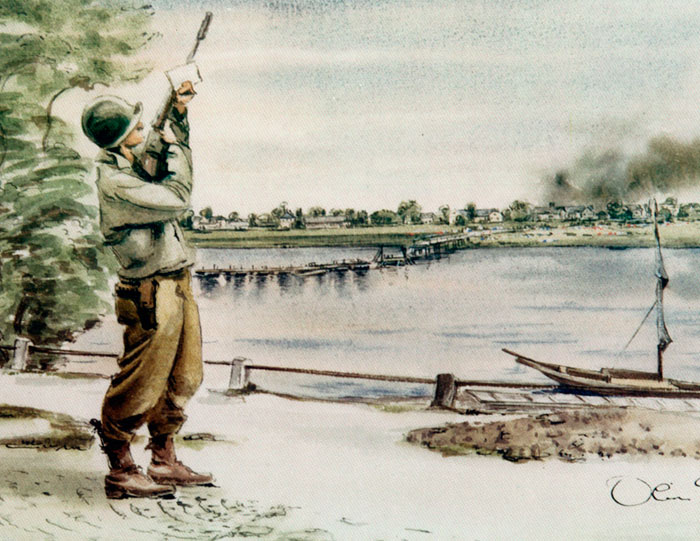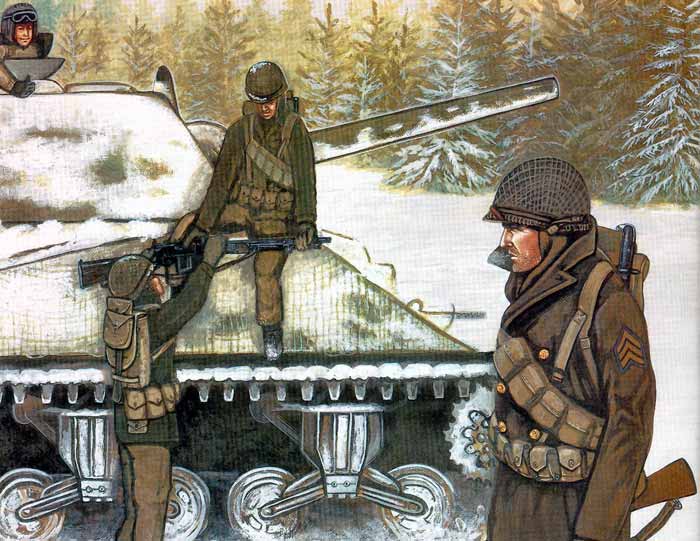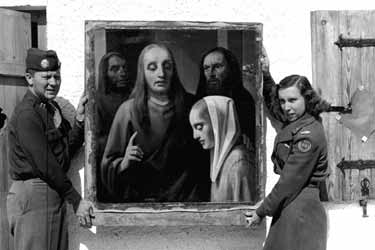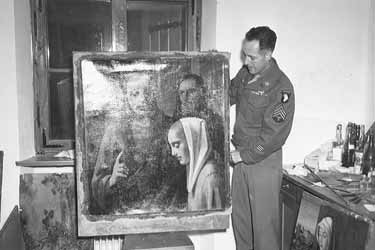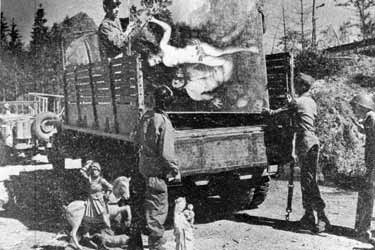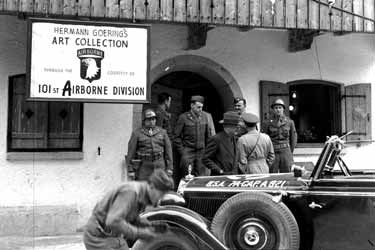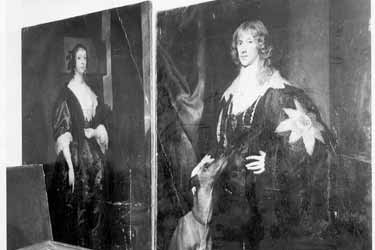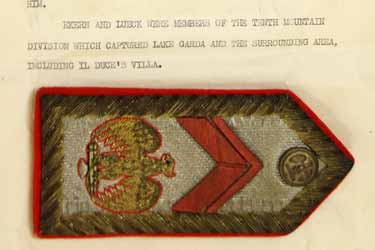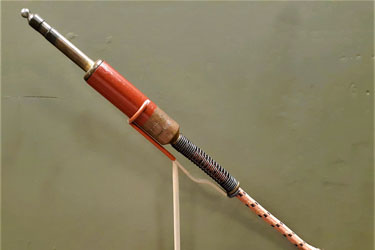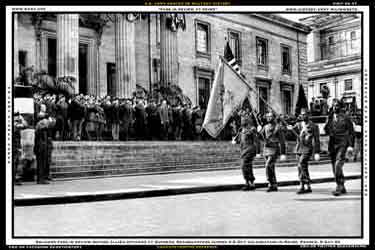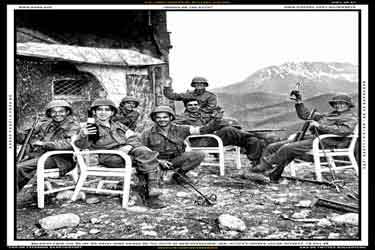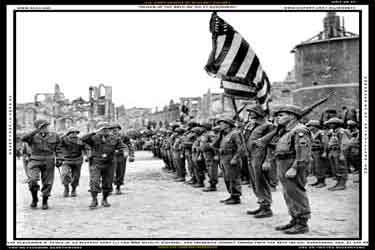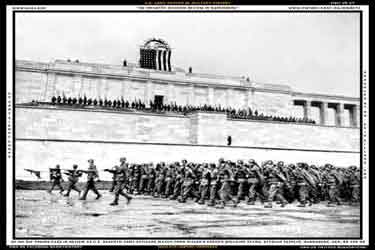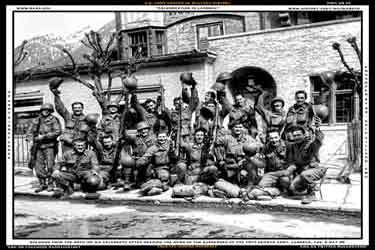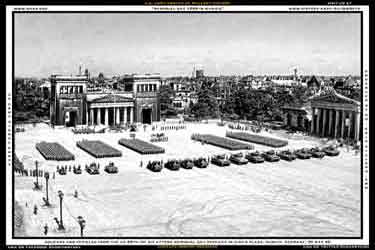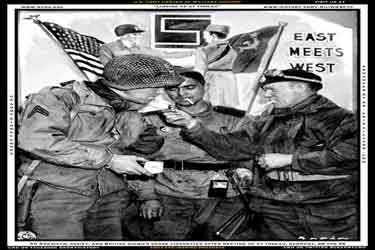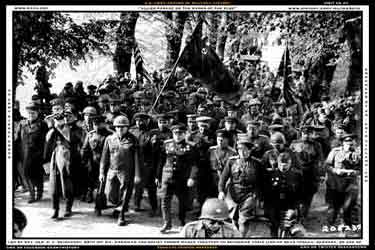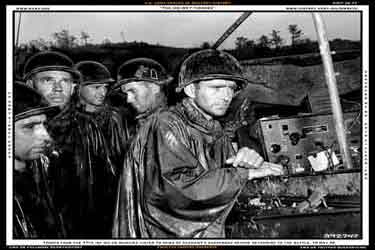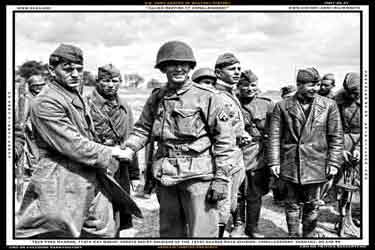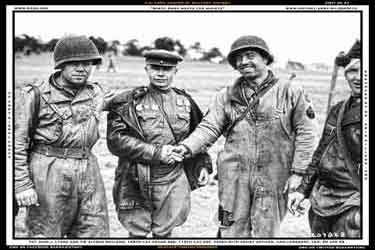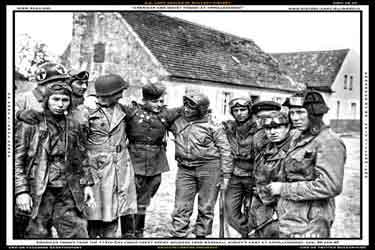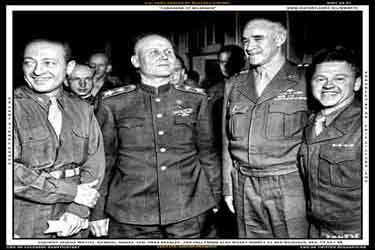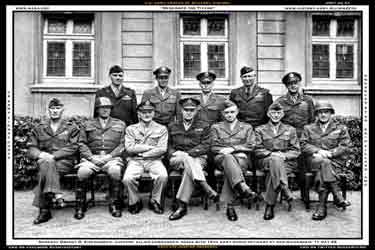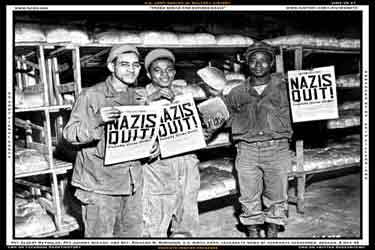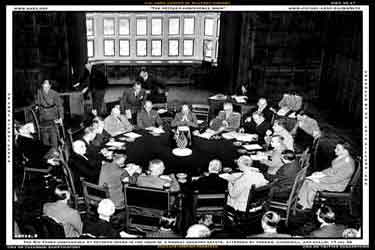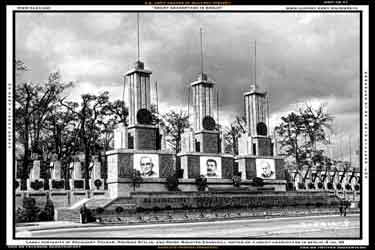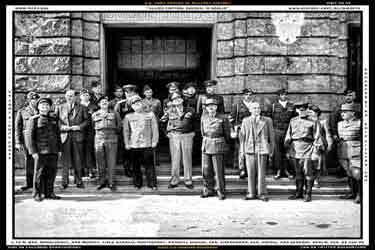Overview
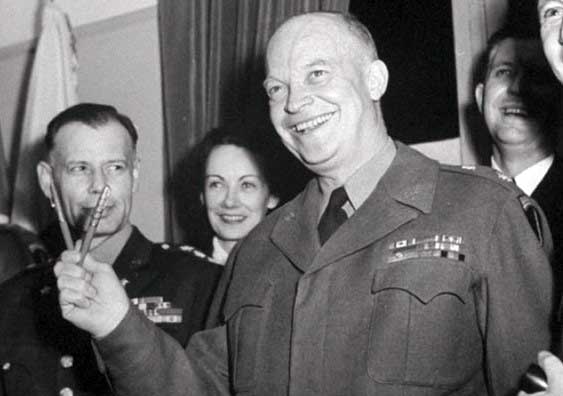
“The crusade on which we embarked in the early summer of 1944 has reached its glorious conclusion…Full victory in Europe has been attained”
— General of the Army Dwight D. Eisenhower from his “Victory Order of the Day” memo, 8 May 1945

“The western world has been freed of the evil forces which for five years and longer have imprisoned the bodies and broken the lives of millions upon millions of freeborn men. They have violated their churches, destroyed their homes, corrupted their children and murdered their loved ones. Our armies of liberation have restored freedom to those suffering peoples, whose spirit and will the oppressor could never enslave.”
— President Harry S. Truman, V-E Day Proclamation, 8 May 1945
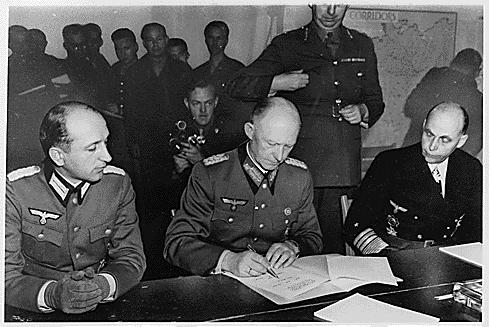
Emissaries of the German government surrendered on 7 May 1945, at General Eisenhower's Headquarters in Reims, France. The next day, 8 May, was designated as V-E Day (Victory in Europe), the official end of the war in Europe. The American contributions to the liberation of Europe had been predominant in both manpower and as an “arsenal for democracy” with American factories producing weapons, tanks, ships, and planes for ourselves and our allies. U.S. Army Generalship proved remarkably effective as their theories of war were put to the test on the battlefields with enormous success. It was however, the steadfast determination, courage and tenacity of the American Soldier that broke the German ability and will to resist.
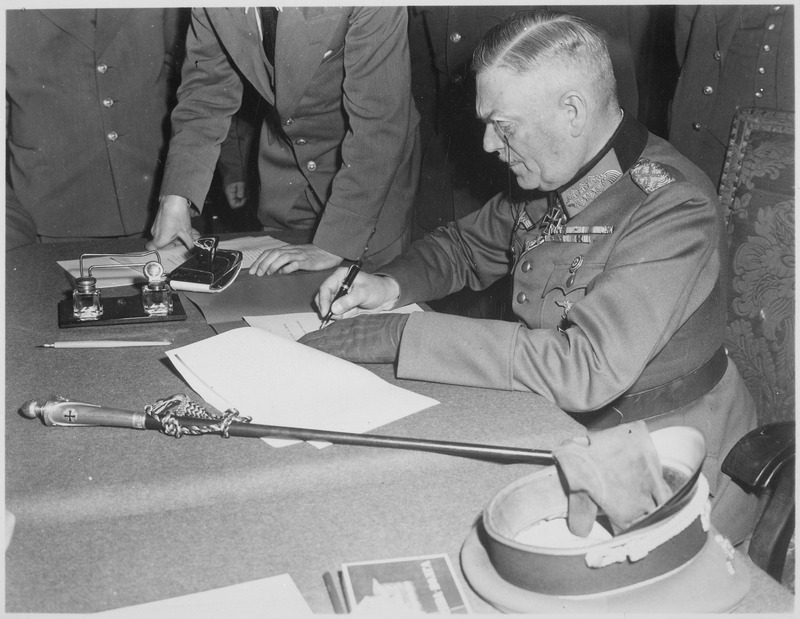
We honor and remember the service and sacrifice of the Soldiers who served in WWII:
- Whether they served in the Army Ground Forces, Army Air Forces or Army Service Forces, we honor the 11 million American Soldiers who defended freedom and defeated fascism and tyranny 75 years ago.
- America will always remember the more than 135,000 American Soldiers who were killed in Western Europe.
- We commemorate the events of WWII to educate the public about the Army’s proud history as a way to inspire men and women to serve today.
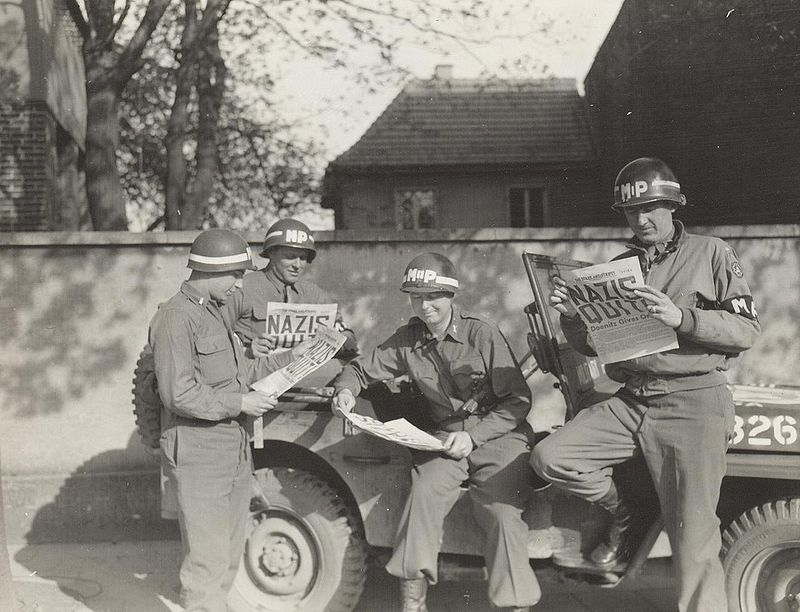
American Soldiers turned their attention to humanitarian missions to ease the human suffering caused by the war:
- U.S. Army soldiers helped the civilian populations throughout Europe, in liberated countries as well as Germany, rebuild shattered lives and destroyed communities.
- Civilian populations were administered by the U.S. Army through an effective military government system to restore civil authority and the rule of law.
- Prisoners of war and civilian internees were cared for and repatriated, displaced populations were reunited or resettled, and economies rejuvenated, largely through the contributions of the U.S. Army and its Soldiers.
The U.S. Army remained in Germany first as an occupying force then as an ally in defense of a free Europe: -U.S. Army Soldiers demonstrated the friendship between the United States and its North Atlantic Treaty Organization (NATO) partners, and the new ally, the Federal Republic of Germany, as the post-World War II era evolved into the Cold War standoff with the Soviet Union.
- The U.S. Army helped to maintain the peace by deterring a communist invasion of Europe through Germany, and possibly a Third World War.
- For 75 years, the U.S. Army and its Soldiers have demonstrated that former enemies could become friends united in the pursuit of freedom for all people.
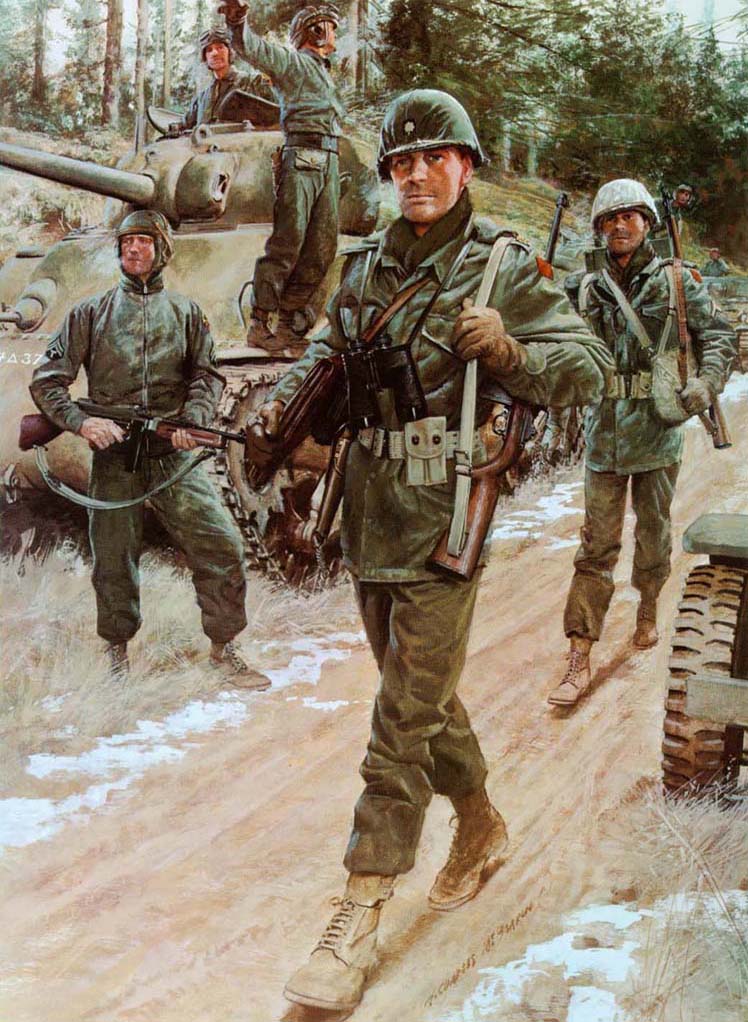
DID YOU KNOW
Of the ninety-one U.S. Army divisions mobilized in World War II, fifteen served in the Mediterranean and sixty-one served in Western and Central Europe, and seven of which served in both.
V-E Day marked the end of World War II in the European Theater of Operations (ETO) on 8 May 1945.
The United States had already started planning to send divisions from Europe to the Pacific for the anticipated invasion of Japan.

